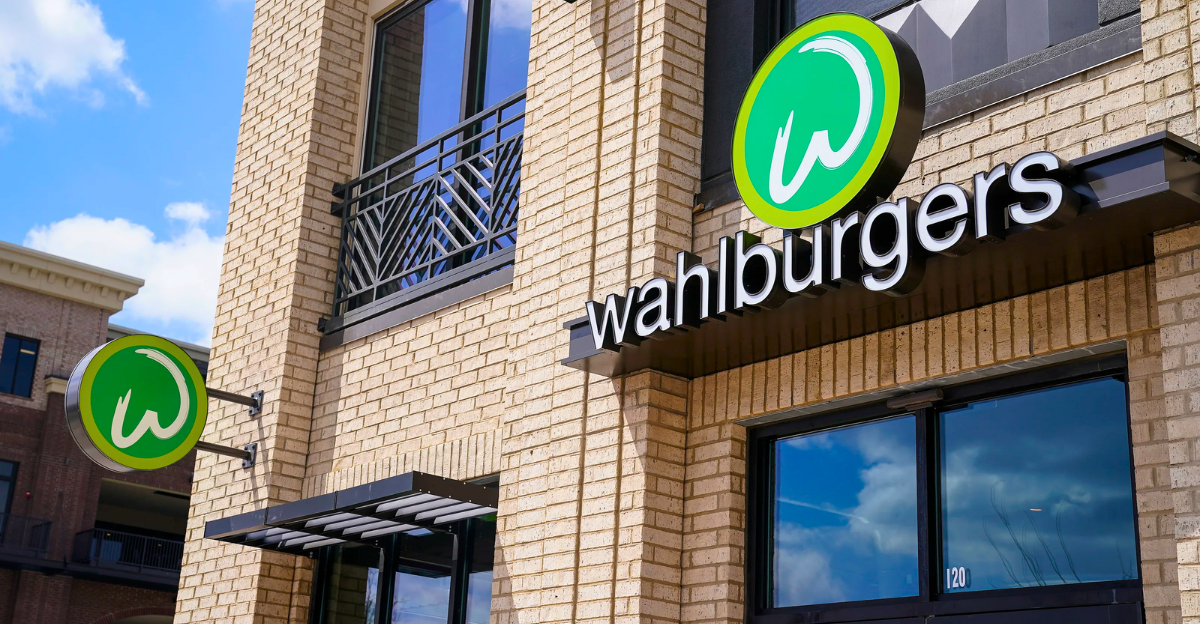
Wahlburgers is closing down 79 locations across eight states, marking the biggest retreat in the chain’s history. This situation is more than just a disappointment for burger lovers; the closures impact grocery store food courts, upend workers’ livelihoods, and ripple through local economies.
As the celebrity-owned chain scales back, the effects are far-reaching, affecting employees, vendors, customers, and even rival fast-casual brands.
Why It’s Happening
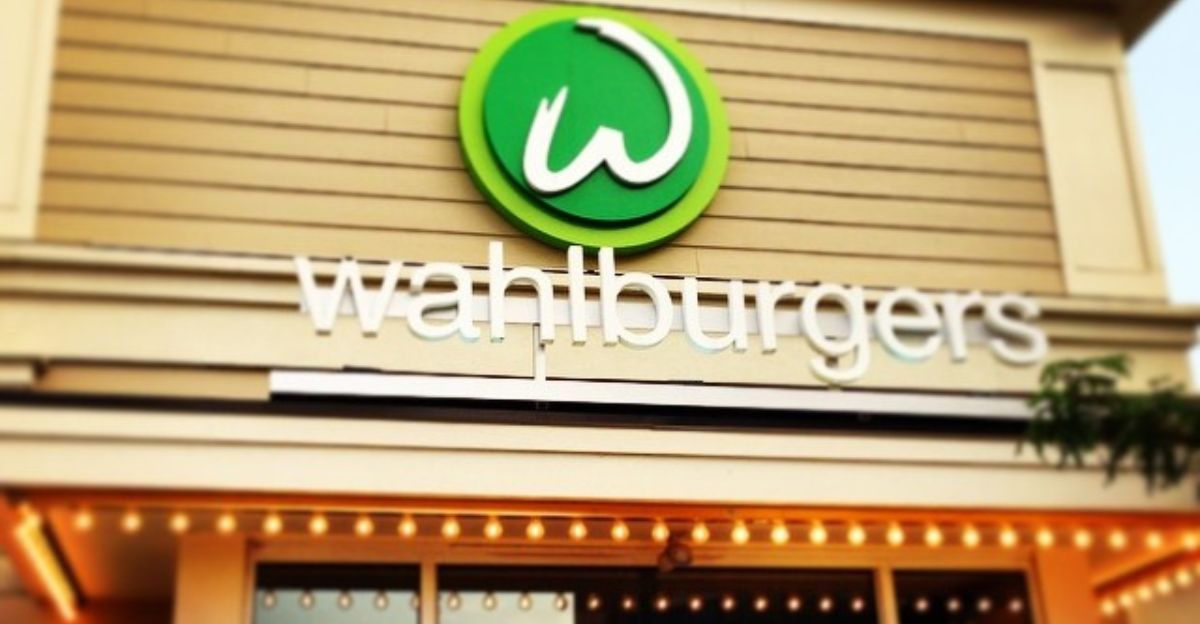
But why is this happening? At the heart of these closures is a failed partnership with Hy-Vee grocery stores. Since launching in 2017, the in-store Wahlburgers counters have struggled to gain traction, with underwhelming sales and a customer base that was lukewarm about eating restaurant food inside supermarkets.
With inflation, rising food costs, and changing shopping habits also adding pressure, this business model quickly became unsustainable in today’s tight and competitive market.
Grocery Store Chaos
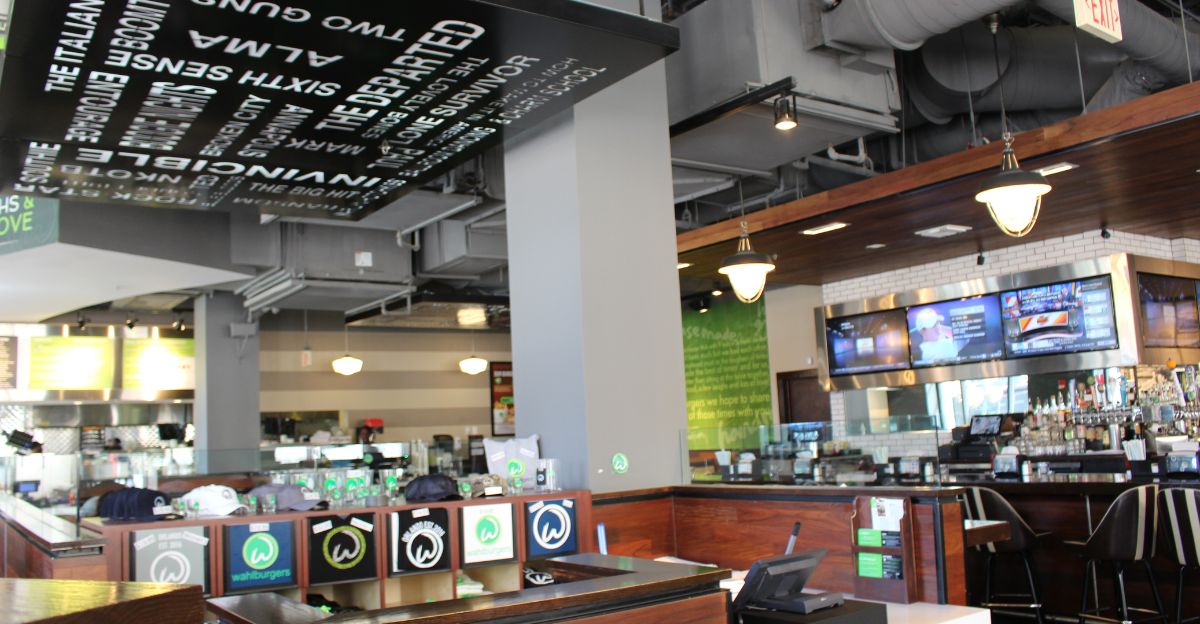
Hy-Vee is now replacing Wahlburgers with its own Market Grille concept. Now grocery stores have to revamp their food court spaces and menu boards, while staff scramble to learn new systems and recipes.
For regular shoppers, Wahlburgers’ sudden disappearance means a change in food options and the overall in-store experience. The familiar burger counters give way to more traditional Midwest-style meals, which alter dining habits and foot traffic flow.
Local Jobs Lost

With these sudden changes, frontline employees are now left in limbo. While some are being offered positions within the new Market Grille concept, many others are facing abrupt layoffs with little warning.
Each closed location leaves dozens of employees grappling with financial uncertainty, adding stress in communities already strained by unstable job markets and rising living costs. For a lot of people, the loss isn’t just a job; it’s a critical source of income and stability disappearing overnight.
Franchise Frustration
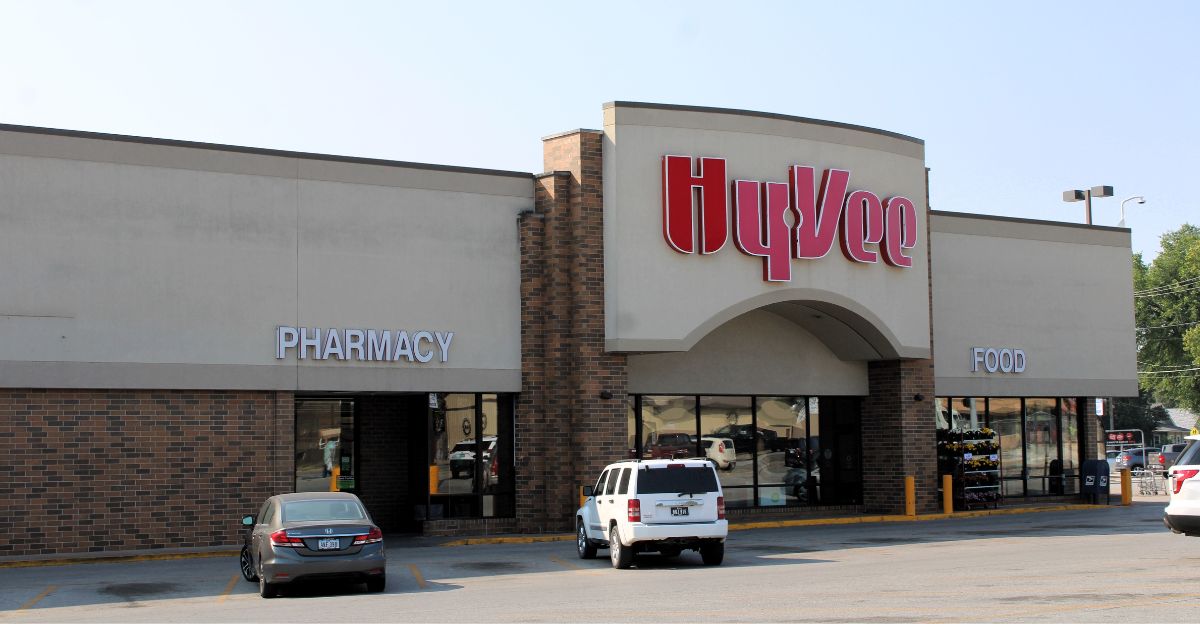
Hy-Vee was Wahlburgers’ largest franchisee and played a significant role in the brand’s national reach, making this withdrawal a major blow to the chain’s footprint. Now, other franchisees in affected areas are left scrambling to terminate leases or find new uses for suddenly vacant spaces.
This affects landlords, commercial realtors, and shopping centers, who must now find new tenants to revive lost foot traffic.
Fast Casual Reckoning
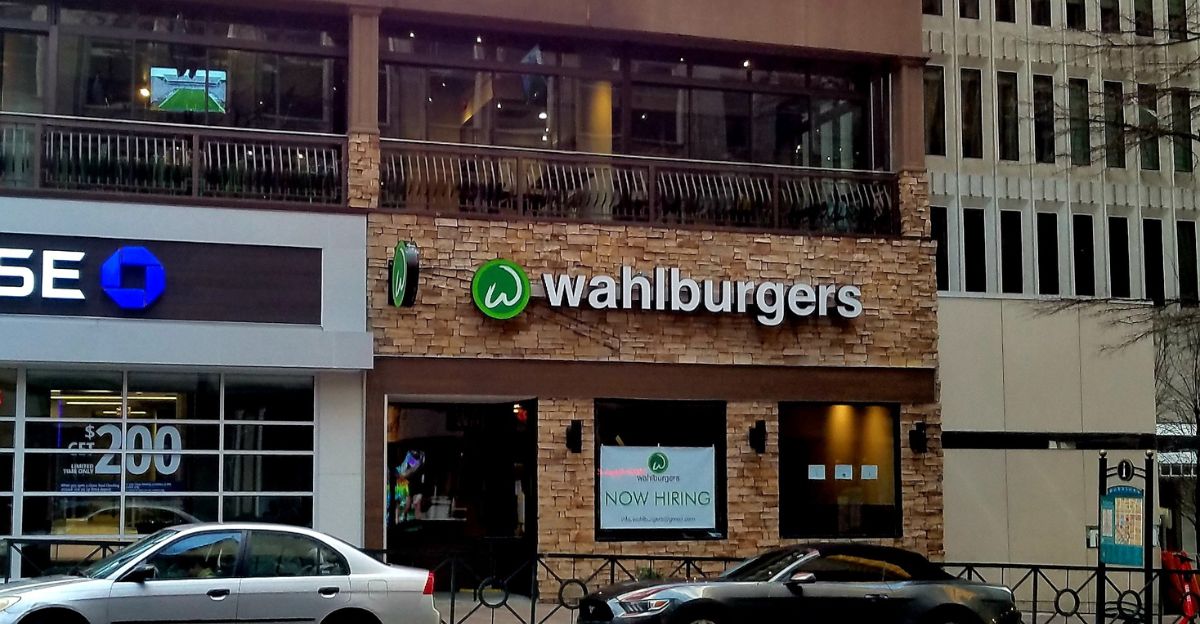
Wahlburgers’ retreat is part of a broader crisis that is hitting the fast-casual industry. Chains like Red Lobster and TGI Fridays are also scaling back, pressured by inflation, high rent prices, and a noticeable dip in how often Americans eat out.
Across the board, restaurants are facing a tough reality: they must adapt to today’s cost-conscious, selective customers, or risk joining the growing list of closures and cutbacks that are currently changing the industry.
Shakeup for Suppliers

The closure of 79 locations means huge supply chain changes. Vendors who supplied these locations with meat, buns, produce, and packaging are now losing steady accounts and are left with too much stock.
Small regional suppliers, especially, may have to quickly pivot operations or accept losses, showcasing how even far-flung businesses feel the shock of a single restaurant brand retreat.
Competitor Opportunities
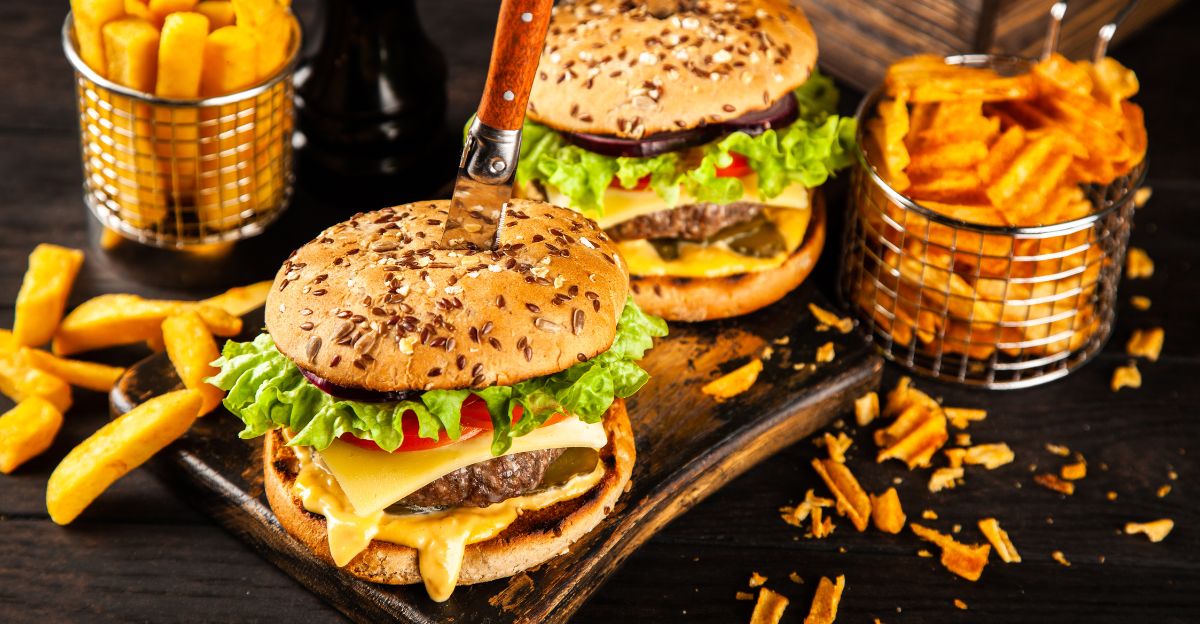
Competitors are seizing the moment. With former Wahlburgers locations now up for grabs, many in prime, turnkey spots, burger chains like Five Guys, Shake Shack, and ambitious local joints are moving quickly to expand.
These brands are launching promotions and aiming to woo displaced diners looking for a new favorite spot.
Menu Shuffle for Shoppers
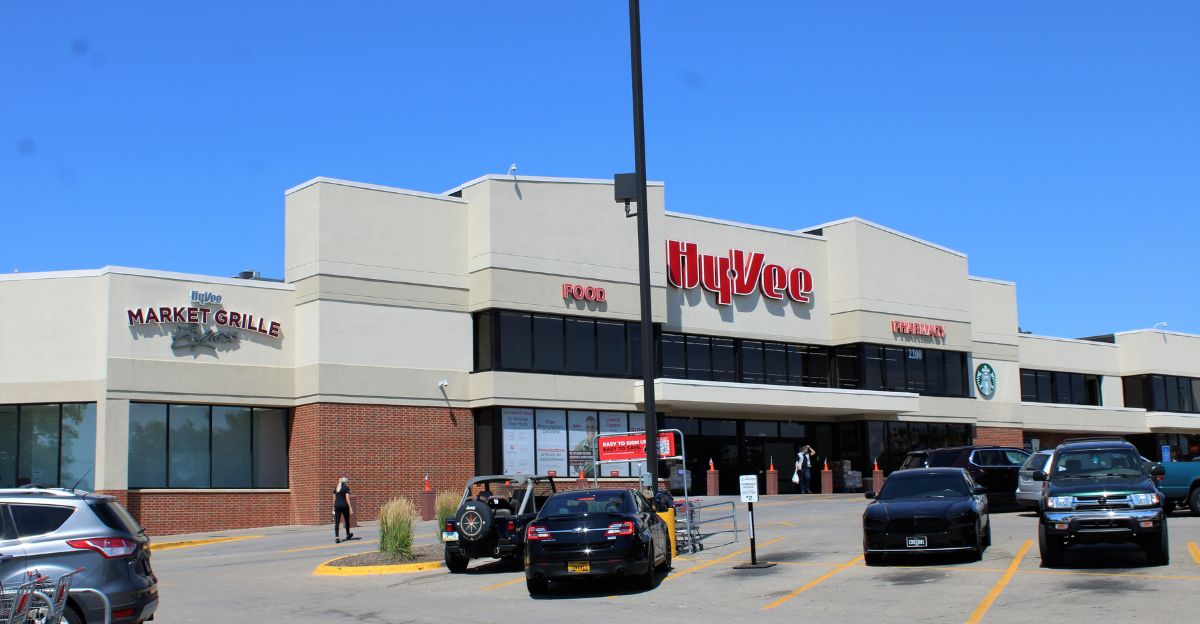
For many Hy-Vee shoppers, it is now out with Wahlburgers burgers and in with Market Grille comfort food. Diners can now order pork tenderloin sandwiches, breakfast dishes, and regional classics.
While some customers have welcomed the return of familiar, value-oriented meals, others already miss Wahlburgers’ branded flair. This shows how food brand loyalty truly shapes in-store satisfaction.
Hit to Celebrity Branding
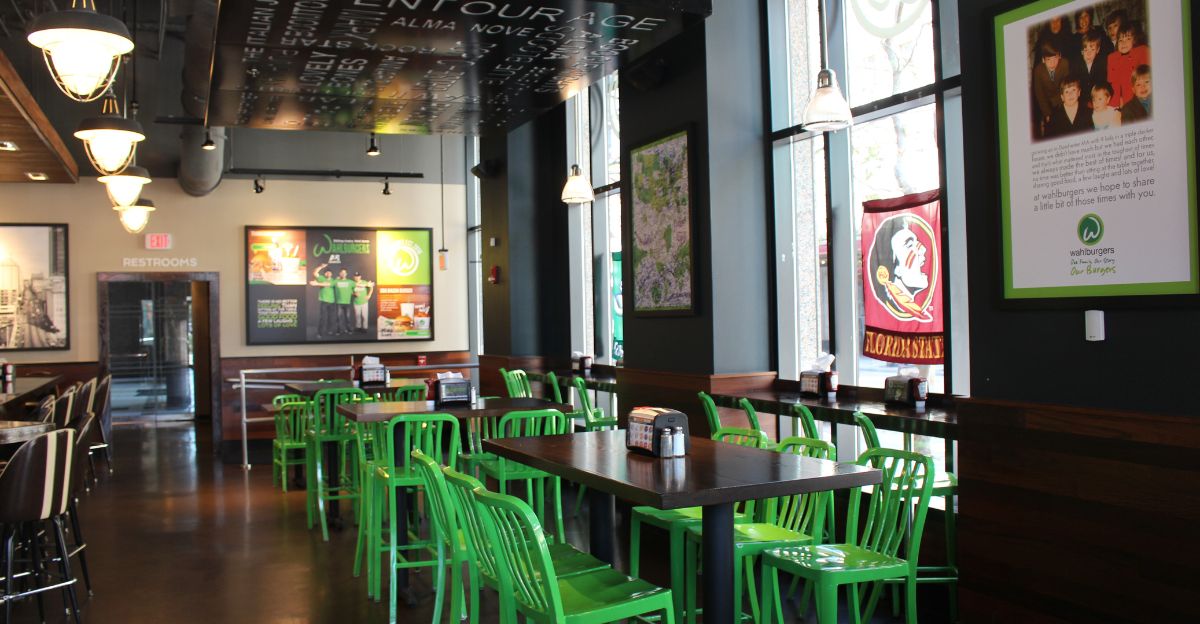
Wahlburgers’ situation is a warning to all other celebrity-backed chains that star power isn’t enough. Despite actor Mark Wahlberg’s fame and family appeal, the closures show the limits of branding in food service.
Consumers want value, convenience, and menu appeal above celebrity glitz, reinforcing that even famous names can’t guarantee success.
Consumer Backlash
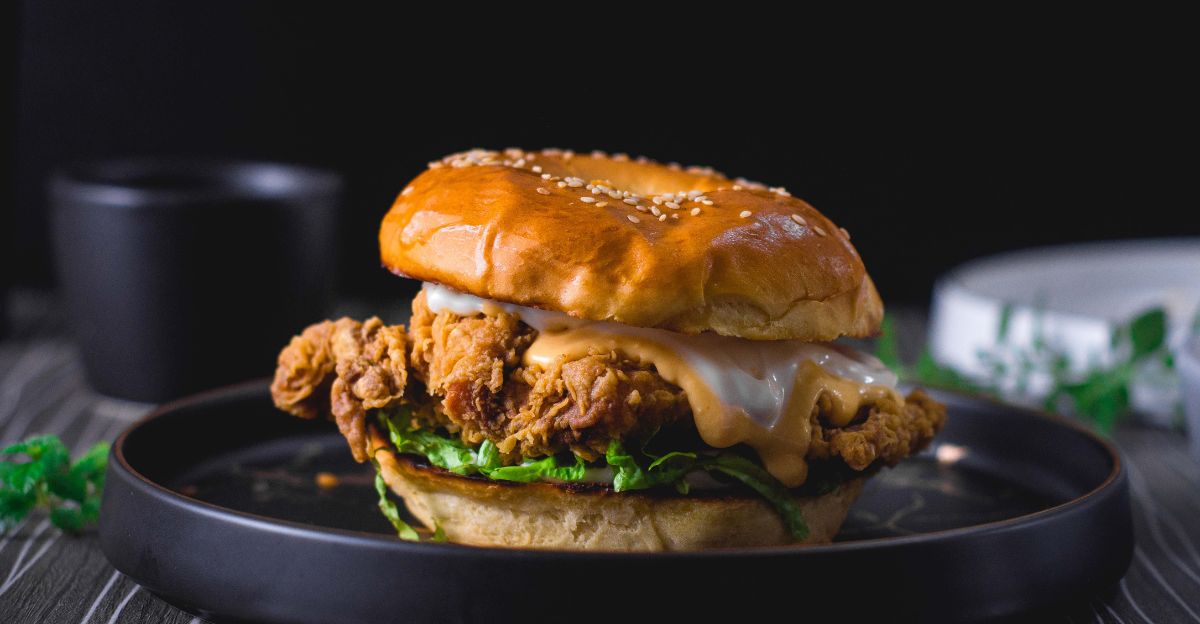
The online reaction to these closures has been fierce. While some loyal fans mourn their favorite burgers and unique menu choices, others are saying good riddance, complaining about slow service or high prices.
The polarized feedback shows the risks that all chains face: the loudest voices often set the tone, and reputation swings quickly between nostalgia and criticism.
Wahlburgers’ New Gameplan

But Wahlburgers isn’t done just yet. The CEO, Randy Sharpe, is now moving toward carefully chosen, full-service restaurants in key cities, pulling away from supermarket kiosks.
The brand will now be focusing on quality over quantity, prioritizing strong community connections and a classic burger joint experience instead of rapid national expansion inside grocery stores.
Market Grille’s Second Act
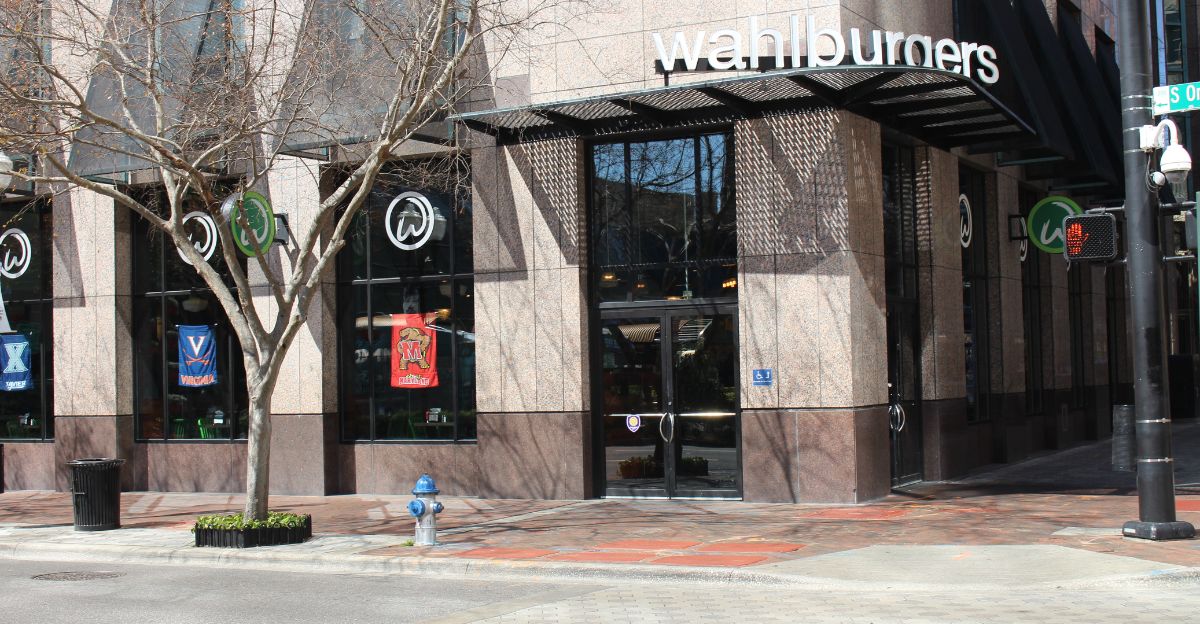
Hy-Vee is revamping 221 of its locations with the relaunch of Market Grille, focusing on lower prices and regionally inspired menus. Employees are being retrained to serve up familiar deli staples and breakfast classics, aiming to appeal to everyday shoppers.
The strategy is counting on comfort, nostalgia, and affordability to bring back customers, changing the in-store dining experience with hearty, reliable meals that cater to local tastes and routines.
Wider Brand Caution
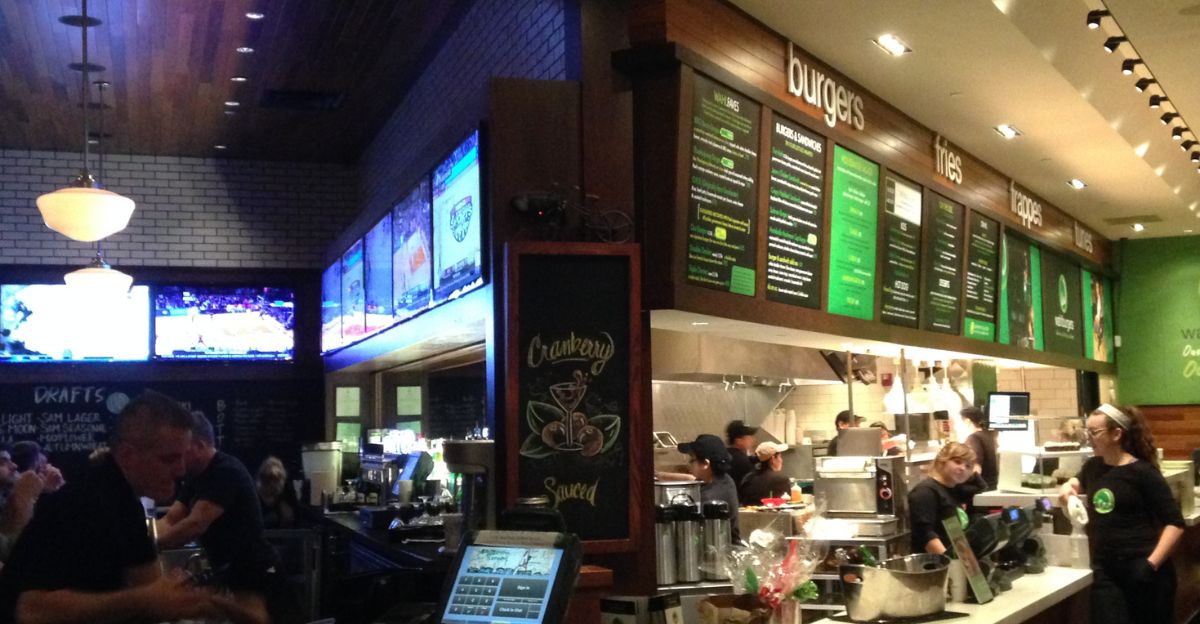
Currently, restaurant chains across America are re-examining their playbooks. The Wahlburgers-Hy-Vee situation now stands as a cautionary tale: growing too fast, picking the wrong partners, or underestimating local tastes can destroy even the most high-profile concept.
Brands will likely focus on cautiously building loyalty and local fit, instead of just chasing fast growth.
The Future
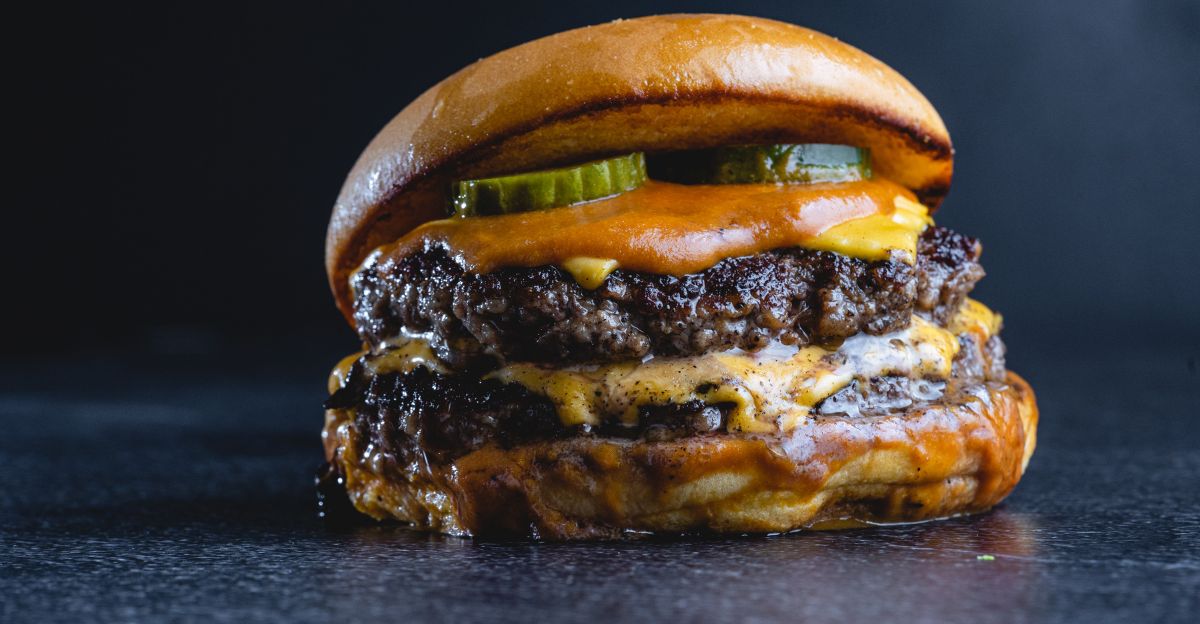
What began as a wave of burger joint closures has turned into a far-reaching disruption, impacting jobs, real estate, supply chains, and food brands’ strategic plans.
This situation is a stark reminder that in unpredictable markets, even the flashiest restaurant ideas must deliver clear value and local connection.
